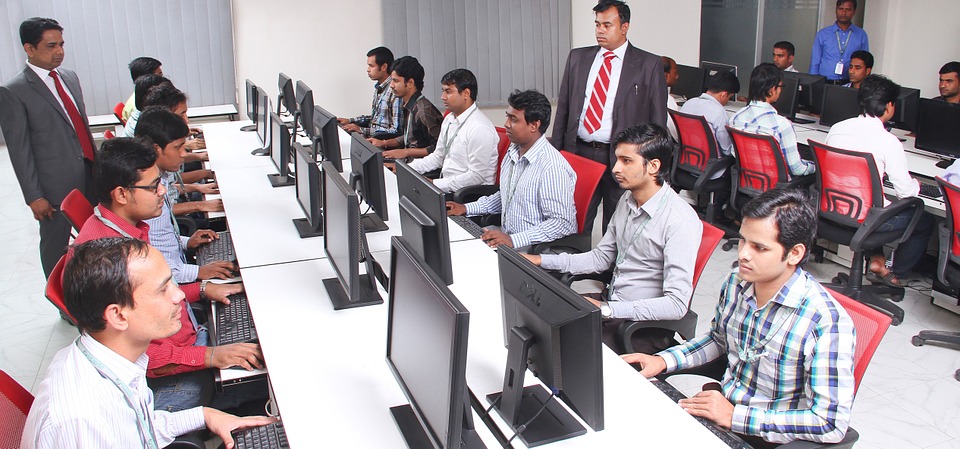All affiliated colleges and affiliating universities are set to turn into autonomous institutions according the requirements set by NEP (National Education Policy). Prof. Sanjeev Tokekar, Director of Institue of Engineering and Technology, said that all higher institutions (HEIs) would fall into one of the three categories which are being referred to as Type 1, Type 2 and Type 3 catering to research universities colleges and teaching.
As per the new policy, all colleges and universities would be able to grant degrees by themselves except for post-graduate programs.
Autonomous institutions defined by types
Depending upon the number of campuses, all affiliating universities will get developed into either Type 1 or Type 2 autonomous institutions. Universities will no longer have affiliated colleges. Currently, affiliated all colleges will fall under Type 3 category, unable to grant degrees autonomously.
These colleges will be given a choice whether they want to get merged completely with their affiliated university or get developed into an independent university (Type 1 or Type 2).
For enabling the transition, a sufficient amount of support and mentoring would be implemented by the Type 1 or Type 2 higher education institutions and other institutions for mentoring. For that matter, mentor institutions would get financial support through the specialized budget allocated for this purpose.
As long as 12 years are given for this smooth transition into a new system. Hence, by 2032 there would no longer be affiliated colleges or affiliating universities but autonomous institutions.
Type 1 – autonomous institutions, research universities
Type 1 is focused on research for creating new knowledge along with producing top-notch teaching not limited to undergraduate, masters, and Ph.D. but incorporating vocational and professional programs also. It is being estimated that by 2032, as many as 100 universities would have fallen into this category.
Type 2 – autonomous institutions, teaching universities
The primary focus of these universities would be producing the highest quality teaching across various disciplines ranging from undergraduate to masters and doctorate to diploma and certification programs. In a couple of decades, it is expected that around 1000-2000 Type 2 universities would be established.
Type 3 – autonomous institutions, colleges
Type 3 would primarily run the undergraduate programs along with certification and diploma programs. These autonomous institutions will provide good quality undergraduate education.
The non-compliant facilities and college resources failed at getting evolved into Type 3 HEIs by the year 2032 would either be turned into public libraries, vocational or adult education centers, etc.
Autonomy may seem attractive but it’s vilified in some sectors. Autonomous institutions are likened to having a protective armor by an Indian author:
The temptation to interfere with the autonomy of institutions is like a warrior removing his armour in a battlefield simply because it is a bit tight and inconvenient.








